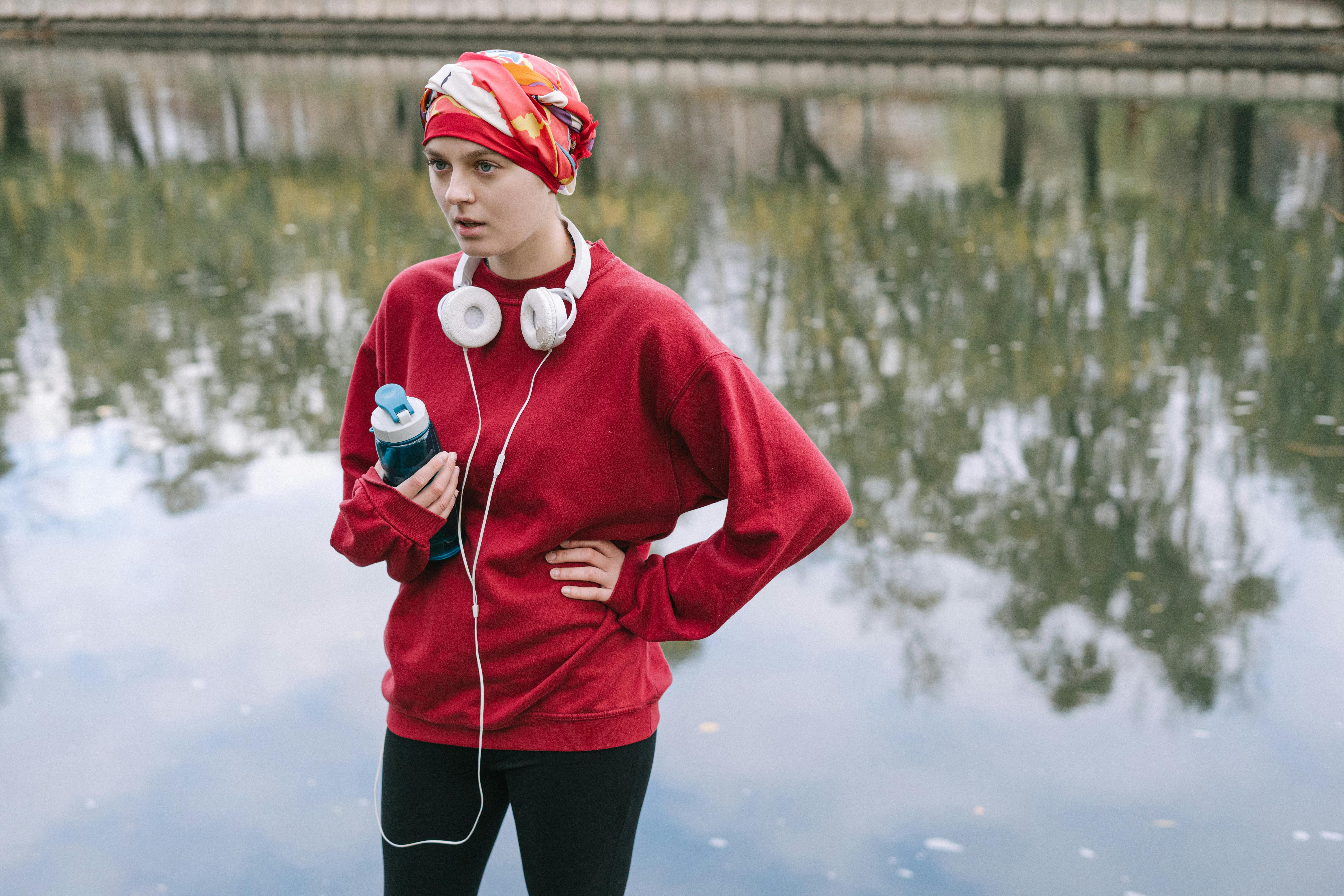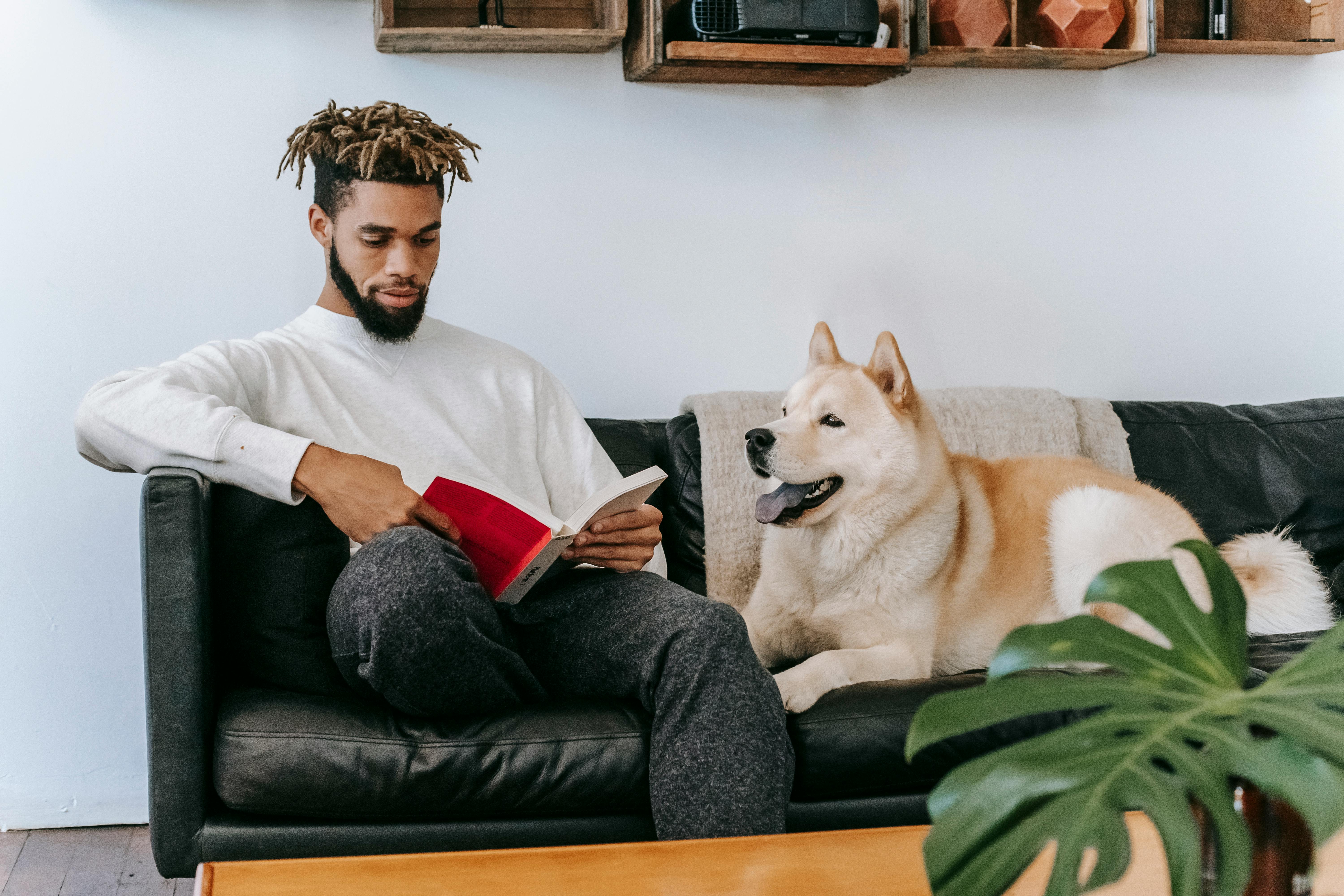Intellectual property (IP) rights (patents, industrial designs, trademarks, copyrights, etc.) are generally associated with industry, usually the manufacturing industry. IP rights grant exclusivity to the IP owner for a limited period of time. But sports organizers are using IP laws to take advantage of interest in certain sports.
Sports activities began as a hobby or hobby event to allow participants to enjoy sports or as a form of physical exercise. Now, certain games have become giant international events, or more appropriately international businesses with their own “tailor-made” law. Such international events even challenge the sovereign laws of countries.
Popular games such as football, golf, tennis, basketball, cricket, sailing, auto racing, etc., have become international events with a large number of fans, creating a potential gigantic marketing campaign for the organizers. The organizers of popular games such as FIFA (football), PGA (golf), NBA (basketball), etc., organize and manage the events, usually international competitions, in such a way as to extract the maximum value from others who want to exploit the marketing. potential offered by events.
The organizers initially create a distinctive logo, emblem or phrase(s) to identify the event. If the logos or emblems are original, they would also be protected as copyrighted works.
As an example, the 2010 FIFA World Cup emblem is protected as a trademark and as a work of art under copyright law. Terms such as “2010 FIFA World Cup South Africa”, “2010 FIFA World Cup”, “2010 World Cup”, “Soccer World Cup” and similar derivatives are also protected against unauthorized use and subject to applicable laws. applicable in various jurisdictions.
Since the logo/emblem/phrases (“event identifiers”) are heavily promoted in mainstream media, they are easily and quickly associated with the event by the public and thus acquire strong brand value. The event organizers then proceed to exploit the value of the trademark for other companies.
Let’s look at various streams of income for organizers. The first line of income is sponsorship fees. This includes the right to display the Sponsor’s trademark within the Games venue/stadium, the right to use the Event Identifiers on items manufactured by the Sponsors, or the right to use the Event Identifier in association with a service ( banking, credit card (VISA ), business process outsourcing (Mahindra Satyam)) or collocation rights (for example, a certain brand of luxury watches next to golf course tees).
The second line of income is the collection at the door. Even here ticket printing can be sponsored: the ticket bears the trademark of the sponsoring party.
The third source of income is the exclusive supply of products for the games, such as soccer balls, tennis balls, shuttlecocks (badminton), fuel and lubricants (car racing), etc. The supplier of the items is entitled to describe itself as the “official supplier” to promote its items and advertise itself as the exclusive supplier of such items. Ironically, although Adidas was a top-tier sponsor/partner at the 2010 FIFA World Cup, it was Nike that garnered the most attention from viewers, whether through the players’ football boots or clever advertisements. Is this a case of bad sponsorship strategy by Adidas?
The fourth source of income, and increasingly the most lucrative source of income, is the exclusive right to record and broadcast the event on television and radio, and possibly on the Internet in the near future. Broadcast rights are granted to regional and national broadcast networks. All copyrights regarding the recording and broadcast of the games are retained by the organizers or licensed to specific entities.
Finally, organizers also grant exclusive rights to manufacturers to make and sell pet merchandise or products bearing the event identifier in exchange for royalty payments.
The organizers have a wide income stream, namely:
1. Sponsorship fees
2. Door Collection
3. Exclusive rights to use the product in case
4. Broadcasting rights
5. Marketing rights
In addition to the event organizers, other manufacturers and service providers take advantage by sponsoring sports apparel and game equipment for certain teams or players. Just consider the brand of the jersey, shorts, cap, gloves, shoes, socks, etc. of the player. In South Africa, the shoes of a non-sponsoring brand worn by the players were highlighted as much (if not more) than those of one of the official sponsors. In the case of racing drivers, have you ever seen simple racing suits? In contrast, the driver’s overalls, including the crash helmet, are often covered with a variety of trademarks.
Even the soft drinks/drinks consumed by the player during the game are sponsored and all the advertising value is used. Here, the advertising of the trademark is not advertising of the product, like what appears in a television commercial, but rather the trademark or product is inherently associated with a successful player. What other compelling message can be produced, if not for a world-class gamer using the advertiser’s product?
In addition to the organizers earning revenue as mentioned above, players, especially top gamers, often endorse sports and even non-sports related products or services or businesses. For example, Tiger Woods not only promotes golf clubs, balls, t-shirts, hats, etc., but also promotes watches, consulting services, and personal hygiene products (Note: He was later suspended/removed from the latter two after their transgressions); Maria Sharapova, one of the best tennis players, promotes shoes and clothes, cameras and watches, among others; and soccer player Ronaldinho has endorsement deals with Pepsi, Nike and Sony.
To reap the maximum benefit from revenue streams, organizers of major events like FIFA have to strictly enforce their trademark rights and take action against those who associate with their trademark without the organizer’s consent. Unless organizers crack down on violators, they are unlikely to get high sponsorship rates for future events, not to mention possible breach of sponsorship contract.
Unfortunately, IP laws were not designed for such regular international events. Many manufacturers or service providers would like to be associated with such high-profile international events that attract television audiences in the billions, but don’t have the opportunity or can’t afford the fees and costs. They then try to associate their product/service with the event without the consent of the event organizer. This is where “ambush marketing” comes into play. Event organizers have a field day taking action against such vendors. But whether a particular event or advertisement amounts to ambush marketing is unclear under conventional copyright law. To prevent this, countries, especially host countries, must often enact specific laws to address ambush marketing before they are given the opportunity to host the event. Britain had to enact the London Olympics and Paralympics Act 2006 before the 2012 Olympics in London. The trademark “London 2012” is protected.
The next question arises as to how and in what manner the proceeds from the event, say the 2010 FIFA World Cup, are spent. Who benefits from the proceeds? That will be the subject of another article for another day.
Note: The trademarks and designs identified in the article belong to their respective owners. The author does not claim any ownership rights of any kind; they are used for educational purposes only.









